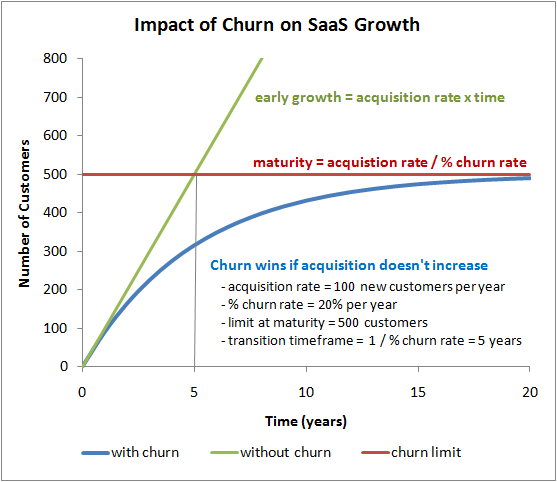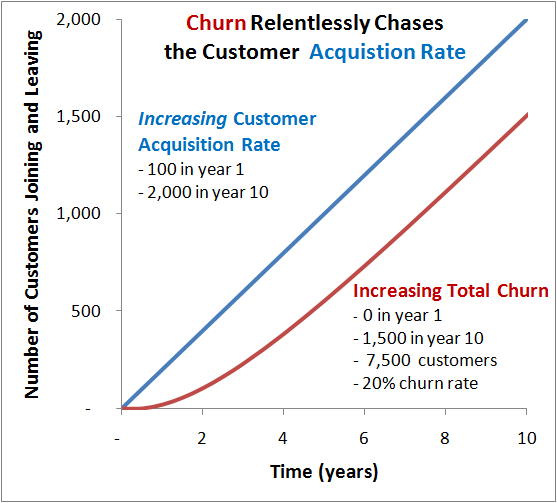Professional Investors such as Venture Capitalists and other Private Equity investors however focus heavily on these seemingly mundane details and have decades of experience in knowing the ins and outs of how to best structure these documents to their advantage. It's smart business on their part. For example, using something called a liquidation preference they ensure that they get all their money back before anyone else sees a dime. If they invest $5 Million dollars for 30% of your company and a few years later your company sells for $10 Million, they get their $5M first and then you all share pro-rata in the remaining $5M, meaning they get $6.5M total,of the $10M so the remaining Common stock shareholders split $3.5M instead of $10M. This is just one of the tools you will find in their bag of "terms" that typically come with their investment capital.
In this post Im going to share with you some terms of your own that you may want to consider for your By Laws etc.. Here is where I must say I am not a lawyer and not offering legal advise or documents, just sharing the many years of my experience on both sides of a Venture Deal. I have been either a founder seeking capital or an investor providing it in over 20 transactions, totaling over $100M, and this is just growth financings, including public offerings and selling of whole companies, the number is closer to $1B.
Generally these terms I am going to suggest are taking the very looooong view of your new baby, your company. Very few will ever build a company from nothing to one that lasts more than a decade and generates 100's of millions or more in annual revenue but it is for those rare cases that I suggest these type of terms.
there are many different ways in which you could implement special rights and terms, in this example I am sharing an overall term sheet. Your attorney would implement in various parts of the corporate legal documents but mostly in your by laws. In my next post I'll explain why some of thees matter to you.
Founder’s Rights Agreement
1.
Registration
Rights – Founders and their permitted transferees are entitled to “priority
piggyback” registration rights pursuant to which they will be entitled to cause
the Company to use commercially reasonable best efforts to register a portion
of their shares of Common Stock and participate in the Company’s registration
of securities under the Securities Act of 1933.
2.
Right of First Refusal of Sales of Founders
Common. In the event of a proposed sale of Common Stock held by a
Founder or their successor, other Founders will have first rights to purchase
the stock on the same terms as Founder when Founder has received a written bona
fide offer to purchase from a financially qualified buyer. If Founders
pass on this option to purchase, the offer of this right passes next to Series
A holders and then to the Company.
3.
Founder Termination – Termination of a
Founder for any reason other than Cause, as defined below, requires a Super
Majority vote of the Board of Directors. Termination for any reason other
than Cause, including Constructive Termination, will trigger any severance
clause of a Founders employment contract as well as The “Founders Conditional
Lifetime Benefit Plan”.
a)
Constructive Termination is defined as the
occurrence of any of the following: (i) a
non-voluntary reduction in compensation which is greater than 10% and which is
not part of an overall pay reduction undertaken by the Company to reduce costs
or (ii) a change in the Founders physical reporting location beyond 35 miles or
1 hour total commute time each way based on standard daily commuter traffic
from their then current work location and in which the Founder is not permitted
to telecommute and causes Founder to report in person more than; a) 4 days per
month for total commutes over 1.5 hours each way or b) 2 days per month for
commutes in excess of 1.5 hours each way but within the continental US or c) 1
day per month outside the continental US. (iii) a changing of the founders role or
title and responsibilities with the Company does not constitute Constructive
Termination provided however such change does violate other provisions above.
b)
Termination for Cause is defined as: (a) if a
Founder is convicted of a felony, including any crime of moral turpitude, or (b)
if a Founder willfully, in bad faith and materially breaches the Company’s
Confidentiality and Proprietary Agreement; or (c) Any intentional misconduct by a Founder
that has a materially adverse effect upon the Company’s reputation or business;
or (d) Theft, dishonesty or
falsification of any employment or Company records by a Founder; or (e) any
continued acts of insubordination by a Founder which materially impact
executive management’s ability to effectively conduct their duties and which
occur after Founder has received a written warning of such act which includes
written counseling on how to cure and a 30 day opportunity to correct.
4. Founders Conditional Lifetime Benefit Plan
a.
Term & Termination - This Agreement will commence no
sooner than 15 years from the Date of Signing and in the event the Founder has
been terminated as defined above (“Effective Date”). This Agreement will continue until the sooner
of (i) the Founders death or (ii) upon
completion of a change in control of The Company in which Company is not the
surviving entity (This does not include an IPO or Merger of Equals as defined
by a professional opinion), or(iii) in the event the Founder breaches
their obligations herein.
b.
Founder Obligations
– Upon termination of Founders employment or other paid service to the
Company, The Founder agrees not to represent to any person or entity that they
are an employee or affiliate of the Company and not to engage in activities on
behalf of Company or represent in anyway that they speak for the Company or
have authority to cause the Company to engage in any agreement, transaction or
other obligation. Founder agrees all
Severance rights terminate should they violate this clause or any other
surviving portions of their contractual obligations to Company. In particular Founder agrees not to use their
business card or email address to effectuate the impression they are still
affiliated with the Company.
c.
Lifetime
stipend – Beginning on Effective Date and paid per annum thereafter, Company
will pay Founder a stipend in the amount determined in table (a), triggered
only after employment terminates, and adjusted every 2 years for inflation
based on CPI. Paid only in the event
company is profitable based on GAAP. In
the event company is not profitable, stipend is suspended until such time as company
is profitable. Table (a): Annual EBIT
> $10M = $100k; Annual EBIT > $15M = $200k; Annual EBIT > $20M = $300k.
d.
Lifetime
healthcare - Beginning on Effective Date, the Company will provide Lifetime
healthcare coverage for the Founder and their family at the same coverage level
as other Company C-level executives.
e.
Auto
lease - Beginning on the Effective Date, the Company will provide the
Founder a monthly transportation allowance of $1000 per month, adjusted every 2
years from the date of signing of this Agreement for inflation based on CPI,
paid in whatever manner is most financially advantageous to the Company.
f.
Lifetime
email address. Beginning on the Effective Date, the Company
will ensure it maintains the Founder’s Company email address. For company security it’s acceptable for the Company
to forward email to alternate address provided by founder or use other means
which the Company’s security department deems preferred. Access to Company’s internal email system is not
required. If the founder misrepresents
his/her self as a legal representative or spokesperson of the corporation or
violates any other legal commitments founder is obligated to with regard to the
corporation, this right terminates.
g.
Lifetime
business card - Beginning on the
Effective Date, the Company will provide up to 250 business cards per year as
and if requested by Founder. Business
Cards will contain Founders name, co-founder title and contact information as
provided by Founder. At Company’s option,
Cards may use a style which differs from other Company C-Level executives and
may have a unique design while still incorporating some version of the
Company’s logo. Founder agrees the
business card is for ceremonial purposes only and is not to be used to
represent they are an active employee or representative of the Company. If the founder misrepresents his/her self as
a legal representative or spokesperson of the corporation or violates any other
legal commitments founder is obligated to with regard to the corporation, this
right terminates.
h.
Support
from company PR team for Founder
press releases to be released by the Company but related only to personal
promotion of Founders charities or new business ventures which the Company
deems to not be harmful to the Company including but not limited to any
competing business interests. No
political or socially inflammatory releases permitted. The Company CEO will have final approval of
the wording in any release. If founder
is convicted of a felony this right terminates.
Company is obligated to support no more than 1 release per year.
i.
Founder’s
charity entitled to direct at least 2% of the Company’s annual charitable
donations provided founder’s charity is a legitimate 5013C in good standing
which is not involved in politics, violating any US law or of questionable
morality. Violation of these terms
causes Company’s ongoing obligation of this right to be terminated.
j.
Perpetual
right to Company’s promotional material aka “marketing schwag” commensurate
with other c level executives of the Company.





